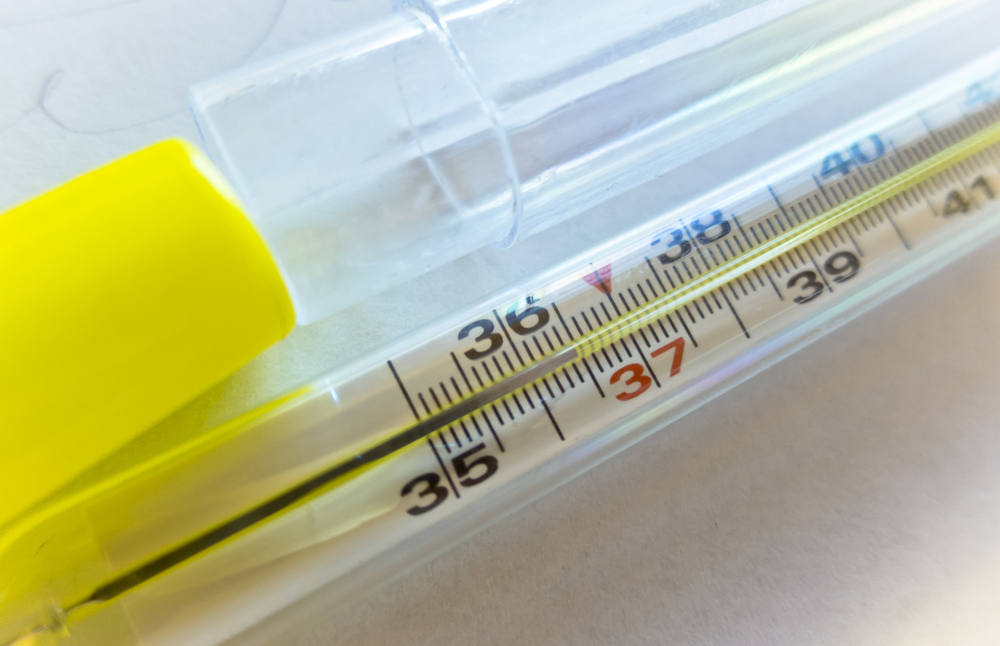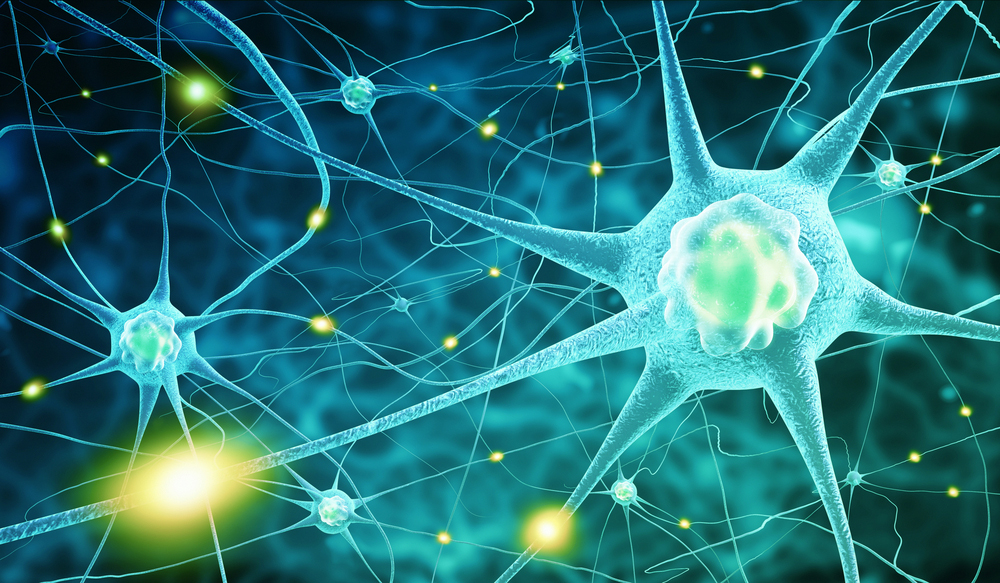Thermoregulation is a term that refers to the balance between the creation of heat and the removal of this heat in the human body.
If this balance is not respected, the body as a whole will malfunction, as several organs are involved in the thermoregulatory system. Also, thermoregulation is conditioned by external elements which it is important to know. Focus on the subject
What is thermoregulation?
Thermoregulation is based on a constant balance between heat input and heat output in the body. Like most mammals, humans are homeothermic organisms. Its internal temperature remains constant despite the variations in heat that take place outside.
In humans, this temperature varies between 36° and 37°C. If this temperature rises or falls, the whole body malfunctions.
Internal factors that influence temperature regulation
The temperature of each individual differs from each other because thermoregulation varies according to certain internal and external factors.
Progesterone is the hormone that acts on the thermoregulatory system. It acts on the hypothalamic thermoregulatory centres by increasing the body temperature by 0.5°C. This is why a woman's body temperature rises considerably during the ovulation period.
Depending on age, the temperature of human beings varies from one individual to another. Thermoregulation is subject to frequent variation in infants and the elderly, because the central nervous system is immature. As a result, the thermoregulatory system lacks efficiency.
Physical activities are factors that affect the variation of thermoregulation. During physical activity, muscle energy is released in the form of heat. Depending on the external environmental factors, the body has to adjust this heat, hence the production of sweat.
Which organs are involved in the thermoregulatory system?
The organs involved in the thermoregulatory system are the following:
The central core: this is made up of the thoracic organs, the abdominal viscera, the central nervous system and the muscles. In order to maintain the proper functioning of the whole body, the temperature of the central core must remain constant (36°C).
The peripheral envelope: this is the skin and subcutaneous tissue. The
temperature of the peripheral envelope can vary considerably, from 20°C
to 40°C, but in general it is lower than that of the central core.
How does heat exchange take place?
A constant balance between heat gain and loss must be maintained for the human body to function normally. If there is a drop in heat (during the cold seasons, illnesses, etc.), the body must find a source of heat.
In this case, the body produces the heat it needs itself through the principle of thermogenesis. Thermogenesis is the internal production of heat and energy through muscle contraction. The liver, heart and skeletal muscles are all involved in thermogenesis.
Moreover, the phenomenon of shivering is a form of muscular contraction produced by the body to raise the body temperature.
When the body is no longer able to produce the heat it needs to stay at room temperature, it calls on external elements to help it. Sunlight, a warm room, a hot drink - these are all effective ways of keeping warm.
When the temperature is too high, the body itself must find a way to get rid of it.
Thermolysis is the process of dissipating heat energy from the body to the outside environment. Thermolysis can take place in different ways: radiation (emission of heat in the form of infrared radiation), conduction (by transmitting heat to other objects), evaporation (elimination of water vapour by breathing out) and finally sweating.








